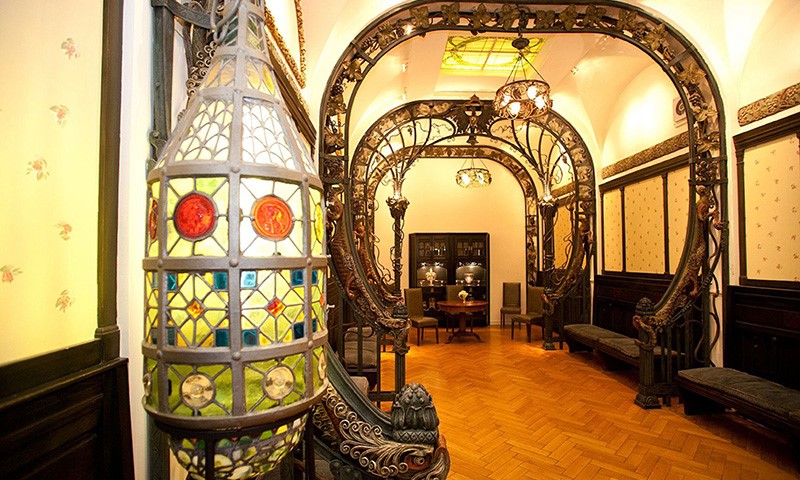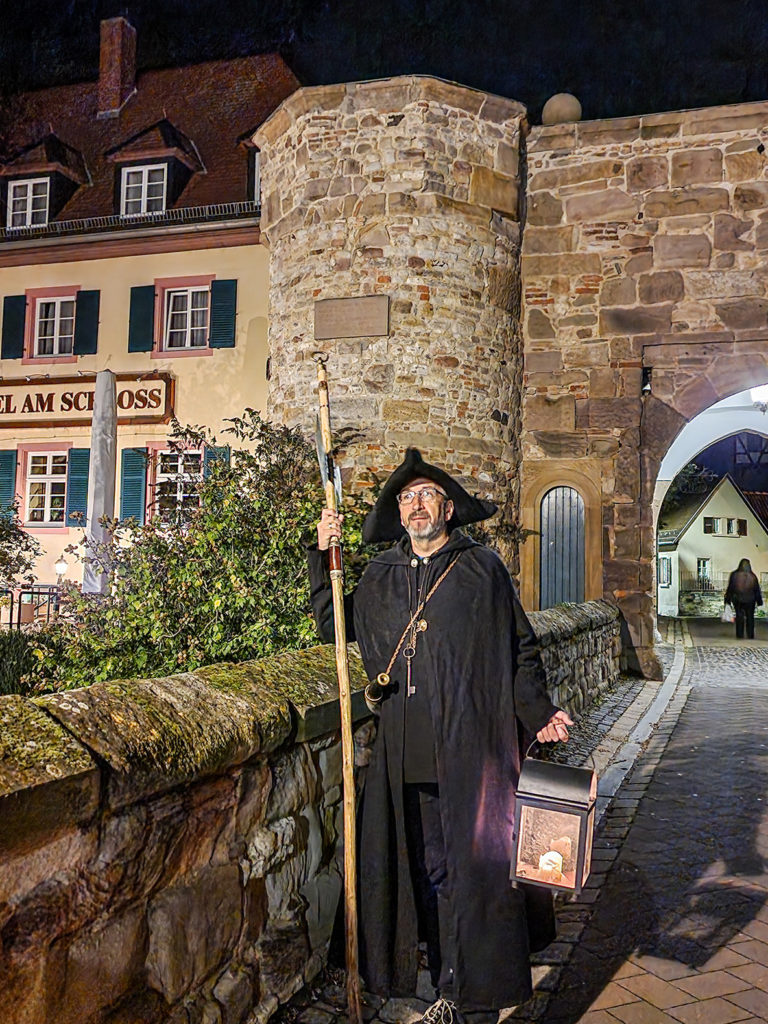Rheinhessen is the origin, inspiration and place of work of great poets and thinkers. How good it is that there are places here where you can discover them, where you can learn more, and where many an "aha" moment occurs when you go in search of clues.
The man of the millennium was a Mainzer
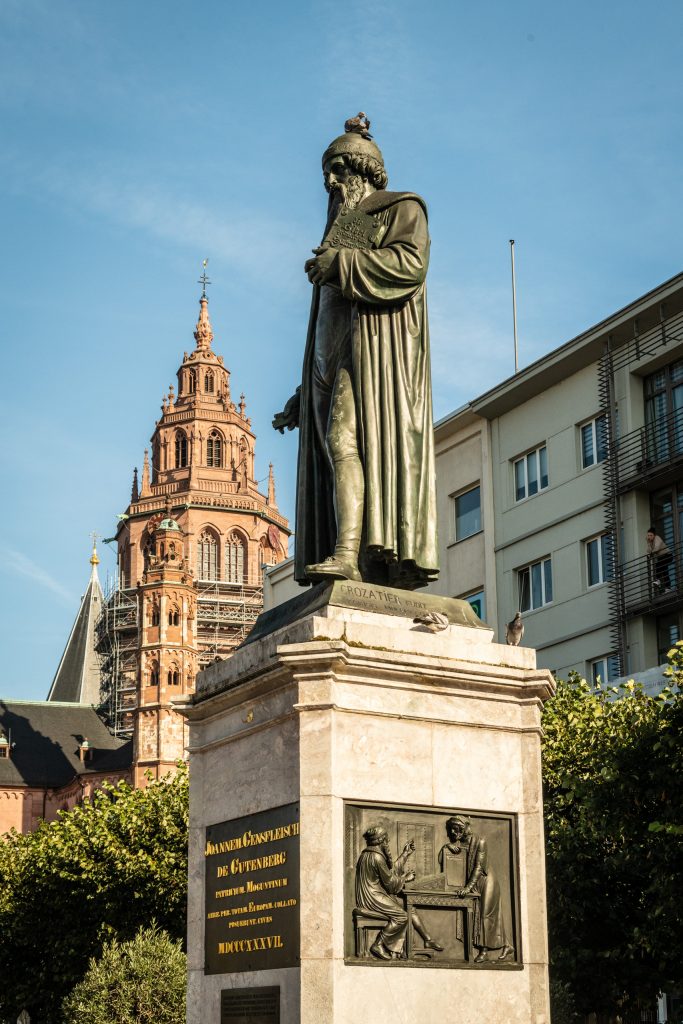
To this day, he is the most famous son of the state capital: Johannes Gutenberg, the inventor of "letterpress printing with movable type". Today, Gutenberg is rightly called the "Man of the Millennium" because his invention changed the world. You might not have called it that in the mid-15th century, but today's hotly contested goal in online marketing, "reach," only became possible back then. You can find out how this is connected in the permanent exhibition at the Gutenberg Museum in Mainz. The process with movable type made it possible to produce books faster, cheaper and in larger quantities than before. Printed matter soon became part of everyday life and replaced manuscripts. Humanism and the Reformation were not insignificantly influenced by letterpress printing, which made their widespread dissemination possible in the first place. Gutenberg thus set in motion a veritable media revolution that paved the way for our information age. His invention is considered one of the most momentous in human history.
The most impressive thing about Gutenberg's accomplishment is that he all the necessary parts for a complete system for printing texts by machine. text printing system. Among other things, he invented the typesetting box, the printing press and an improved printing ink.
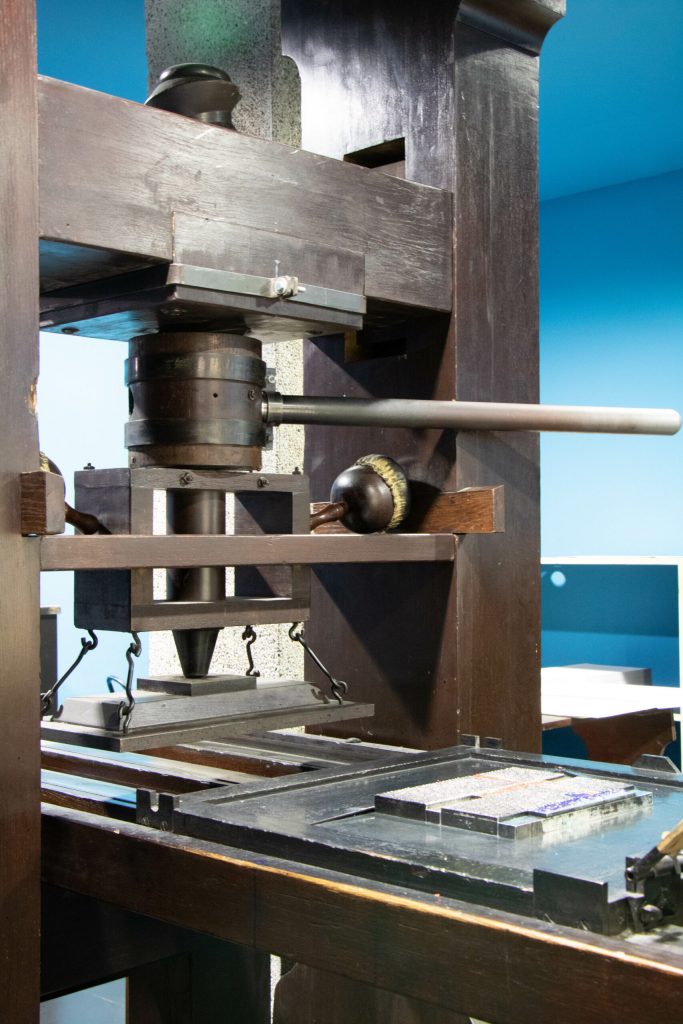
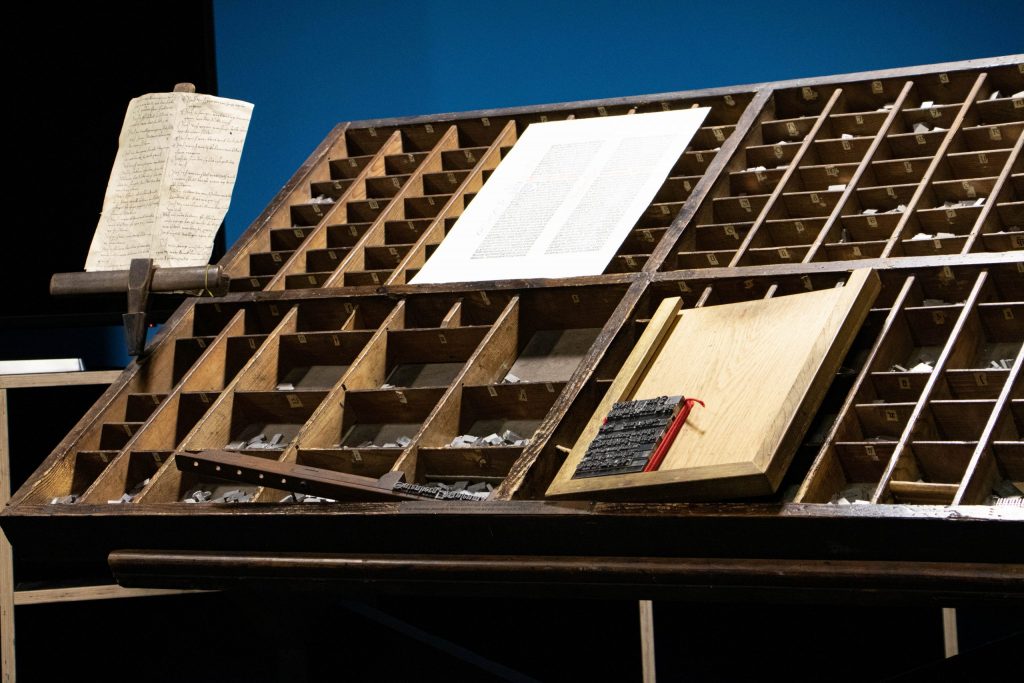
Visitors can experience very vividly in the reconstructed Gutenberg workshop in the Gutenberg Museum in Mainz how these developments by Gutenberg intervened in the craft of "black art" and transformed it into a machine process.
In the lively workshop in the Gutenberg Museum's print store, you can even lend a hand yourself. It smells of craftsmanship here, of color pigments, turpentine, oil, paper. The basic principle of hand typesetting becomes immediately clear when you set the wooden type yourself. Guests can also print multicolored blocks on hand-operated presses and on the toggle press, or create their own calligraphic poster. A visit to the print store is particularly exciting for children and school classes.
More information: Gutenberg Museum Mainz
Fascination Hildegard of Bingen and ancient surgery
Philosopher, healer, saint. Hildegard von Bingen, who lived and worked around Bingen on the Rhine, is one of the most influential one of the most influential medieval personalities in our country.
Already at a young age Hildegard was given into the care of a monastery. Her interests were many and varied. She wrote numerous works on religion, medicine, ethics and music. and music. She was an advisor to influential personalities of the Middle Ages and left an outstanding legacy with her teachings on medicinal herbs and the harmony between body body, mind and soul.
The Historical Museum am Strom in Bingen comprises four permanent departments. The large exhibition on Hildegard von Bingen can be seen in the former machine hall with its spacious gallery. The life of the prophetess and politician, composer, church teacher and naturalist is told here in all its diversity.
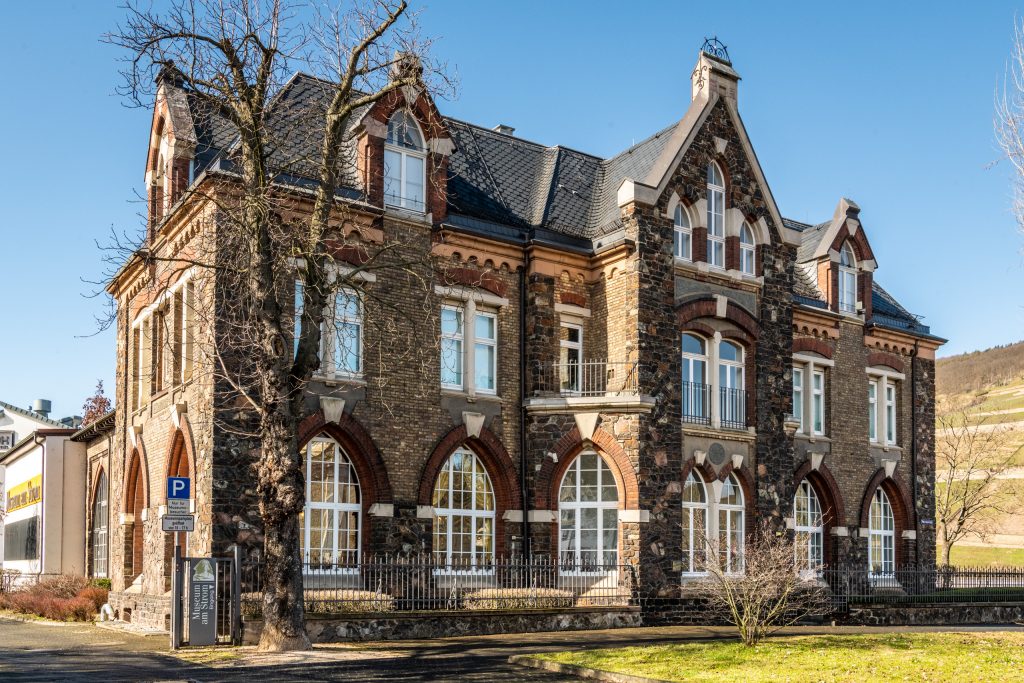
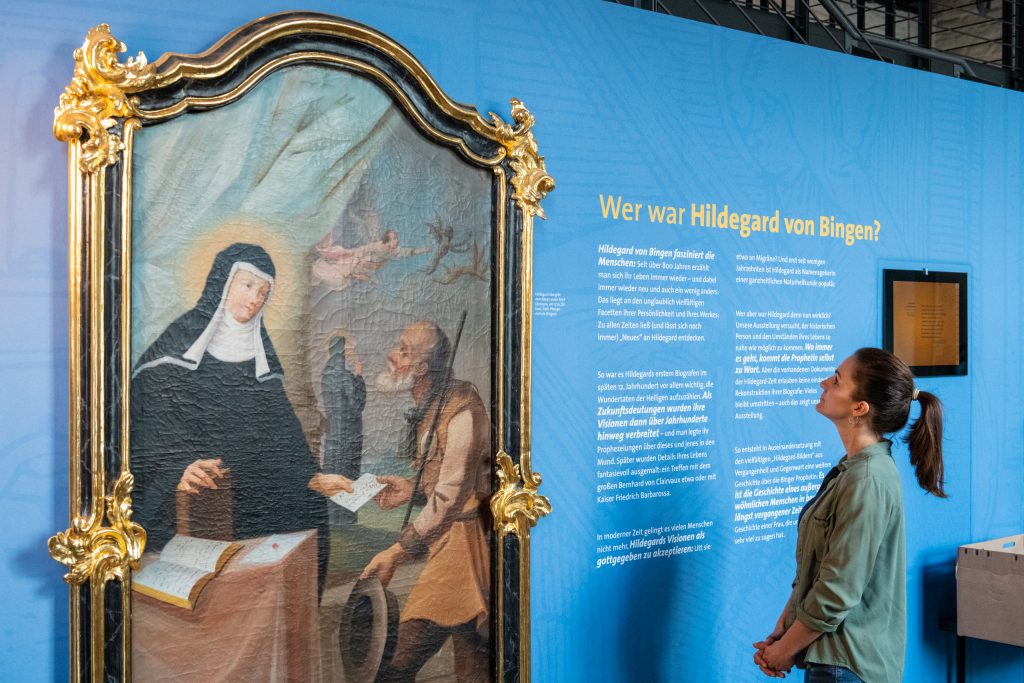
Between the "popular saint" Hildegard and the important composer there are so many facets that it is impossible to summarize her to summarize her work in one point. Very topical - in times of climate change - Hildegard's view of creation is again quite en vogue.
And since we are already there: A great thinker must also have been the inventor or doctor who developed the instruments of the Bingen doctor's cutlery and perhaps used them himself. In the summer of 1925, a Roman burial ground from the 2nd century A.D. was discovered during the expansion of a road in Bingen. A doctor's grave also belonged to this ancient cemetery. In addition to an urn, it contained a large bronze bowl with 66 objects belonging to the deceased physician, most of them surgical instruments. For a long time this sensational find was kept under lock and key in a bank vault, but since 2001 the doctor's instruments have been on display at the Museum am Strom. Something very special about the Bingen find is a complete set of instruments for skull trepanation, the opening of the skull by means of a drill. Sounds dangerous, it probably was; however, the instruments were already very similar to today's ones. And the literature proves that even in pre-Roman times people were able to successfully perform operations on the head. On this occasion, we are once again happy to live in the here and now.
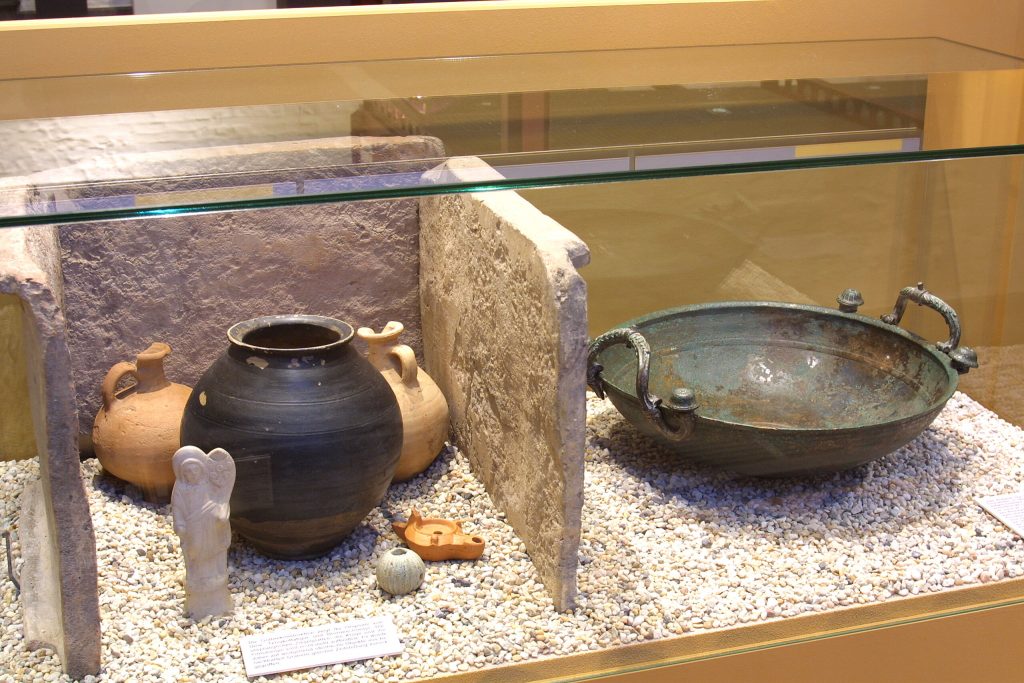

More information: Museum Am Strom
The most famous unknown poet
Worms and the Nibelungen are inextricably interwoven. Most of the scenes of the heroic epic written down in verse around 1200 by an unknown poet take place in and around Worms. Incidentally, the Nibelungenlied has been a UNESCO World Documentary Heritage site since 2009. The bloody story of jealousy, murder and betrayal began on the steps of Worms Cathedral, where the queens Kriemhild and Brünhild got into a quarrel - a momentous dispute that ended with the fall of the Burgundian Empire. You can experience all of this in a walk-through audio book. Because that's exactly what the Nibelungen Museum in Worms is.
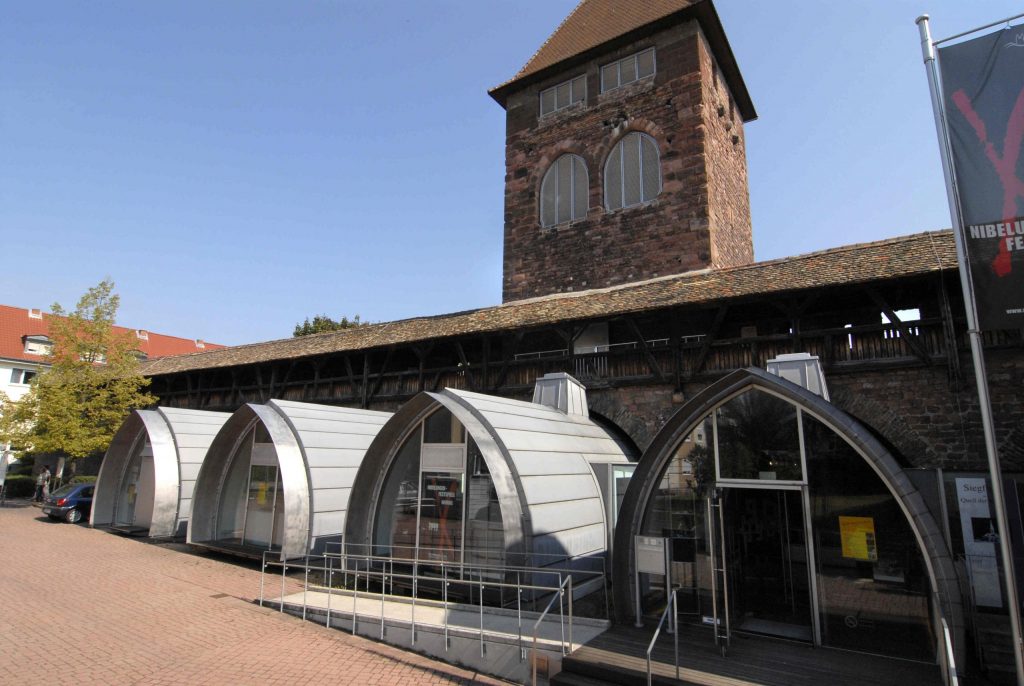
An audio book in which you can take a walk, so that you get the impression of being part of the story yourself. The anonymous poet of the Song of the Nibelungs has found a new old home in two picturesque towers of the Staufer-period city wall to personally escort his guests in the tradition of the landlord and tell his story in the voice of actor Mario Adorf - more competent, entertaining and critical than anyone else! In the so-called eye tower, visitors climb up the stairs, circling a huge golden scepter hanging in its center. It is populated with numerous paintings, posters, photos and text passages, all of which tell of the Nibelungen saga.
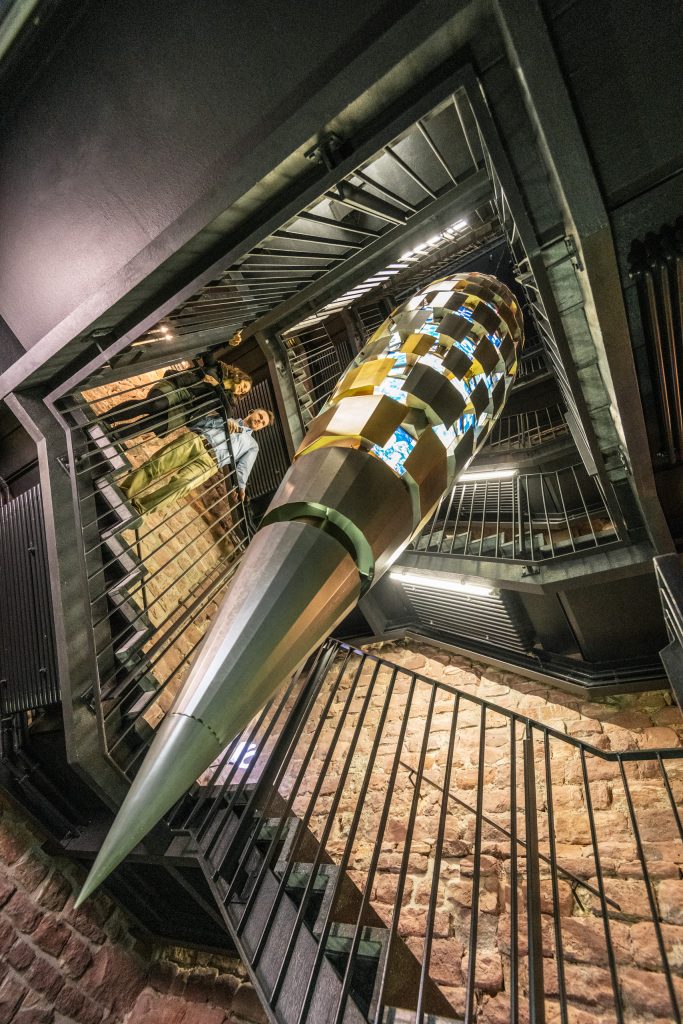
The walkway leads to the second tower, the listening tower, with the unknown poet's writing room. Visitors take a seat on a wooden throne and listen to passages of the original song. In the basement is the "Mythenlabor", the multimedia room of the house, where flash films about the myth of the Nibelungen are presented. Little adventurers go on an exciting search for the treasure of the Nibelungs with the computer game "Worms - Anno Domini 1298".
A separate exhibition is dedicated to Wagner's gigantic stage work "Der Ring des Nibelungen".
More information at www.nibelungenmuseum.de
Jewish Museum Worms
And another trail leads to Worms: Last year the Last year, the so-called SchUM sites received recognition as a UNESCO World Cultural Heritage. SchUM is an acronym of the first letters of the medieval Hebrew cities of Speyer (Schpira), Worms (Warmaisa) and Mainz (Magenza). Mainz (Magenza). The SchUM sites were the center of Jewish culture in medieval medieval Europe and are still important meeting places today.
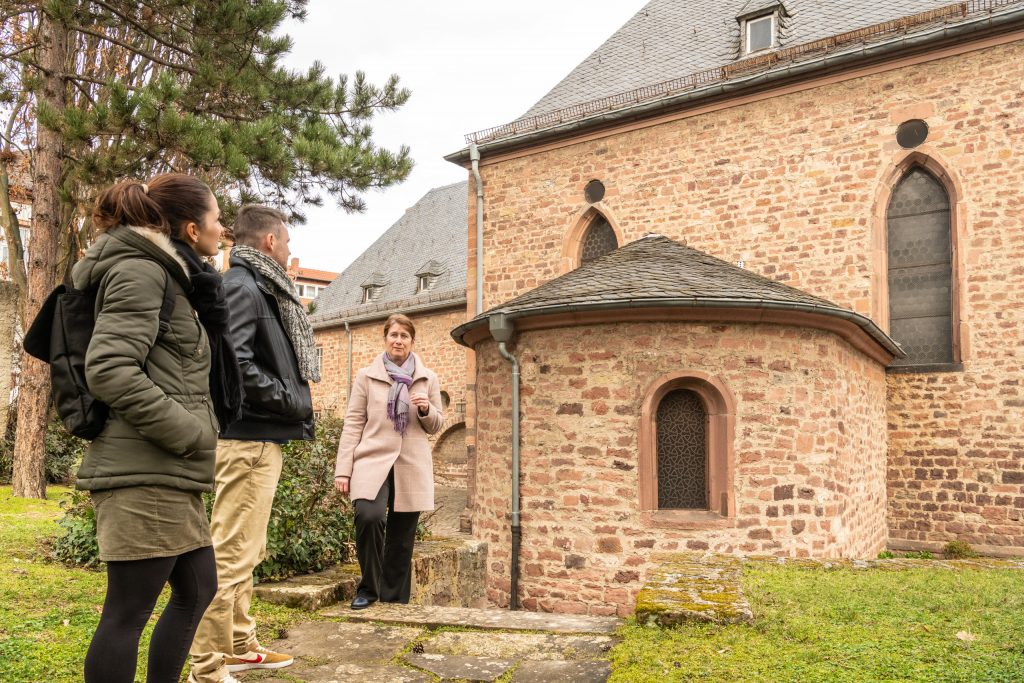
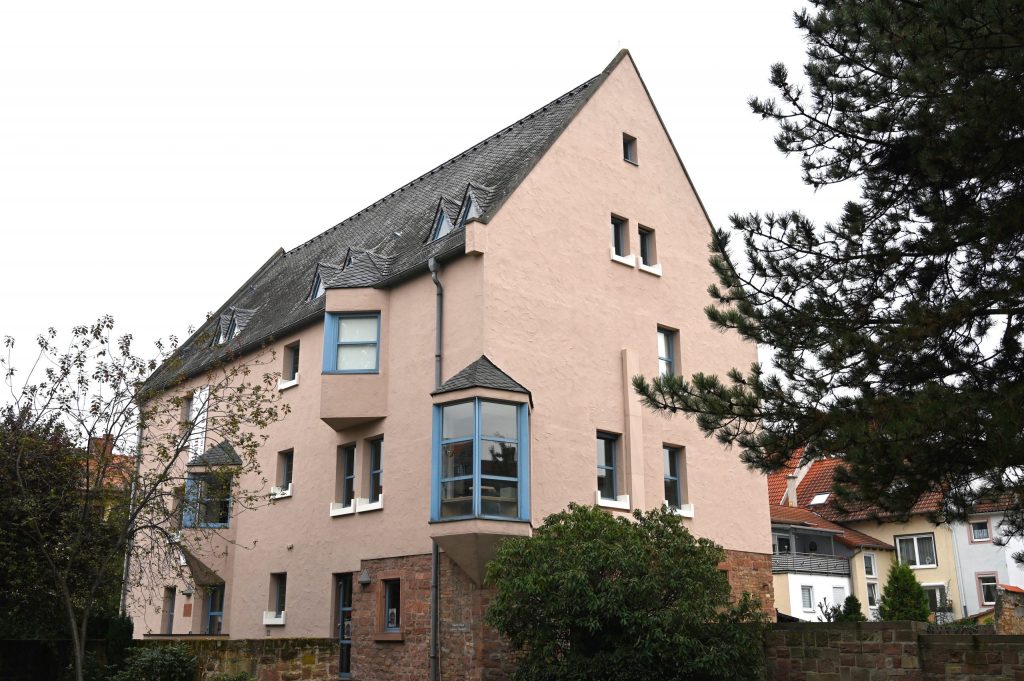
If you want to know exactly how this Jewish community network became so innovative and influential, how Jewish identity and scholarship worked from here, visit the exhibition "SchUM am Rhein - Vom Mittelalter in die Moderne" (SchUM on the Rhine - From the Middle Ages to Modernity) at the Jewish Museum in Worms. Traveling back in time to the heyday of Jewish communities in the SchUM sites between the 10th and 13th centuries, the exhibition reveals common, groundbreaking legal statutes and buildings that influenced the culture and identity of Ashkenazi Jewry for centuries.
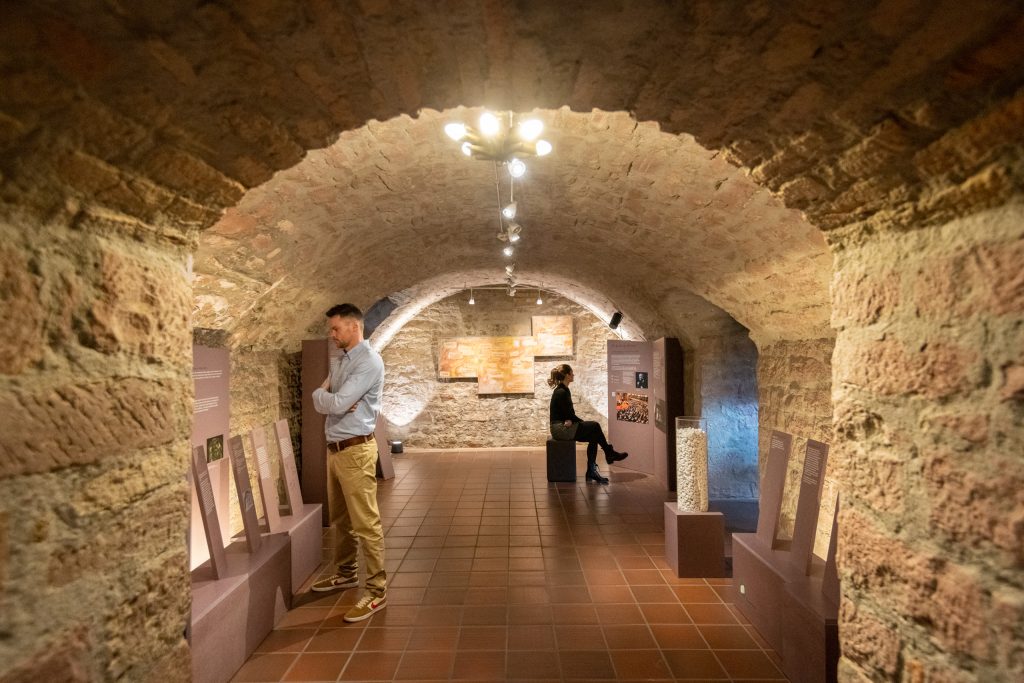
You will come across a name that had enormous importance for the Jewish Worms: Rabbi Salomon ben Isaak, called Rashi. And this closes the circle of poets and thinkers. Above all, Jewish Worms owes its reputation to him: to this day, the Talmud commentator and scholar is highly esteemed in the Jewish world. Around 1060, he studied in the house of learning in Worms, which was known throughout Europe at the time, and became one of the most important Jewish scholars of the Middle Ages and the most famous Jewish Bible exegetet at all. The Raschi House in Worms, named after him, now houses the Jewish Museum and the City Archives.
More information: Jewish Museum Worms in the Rashi House


